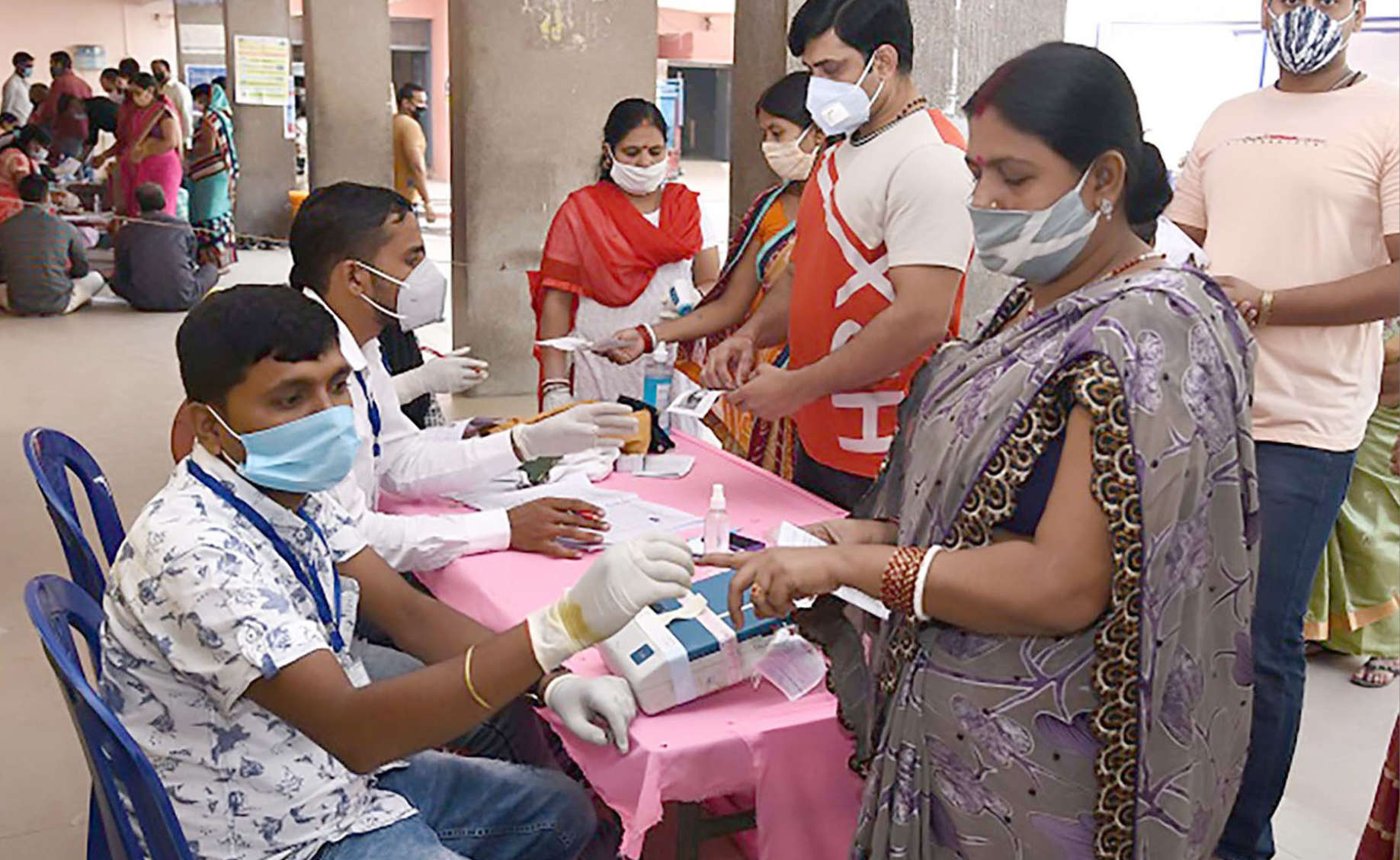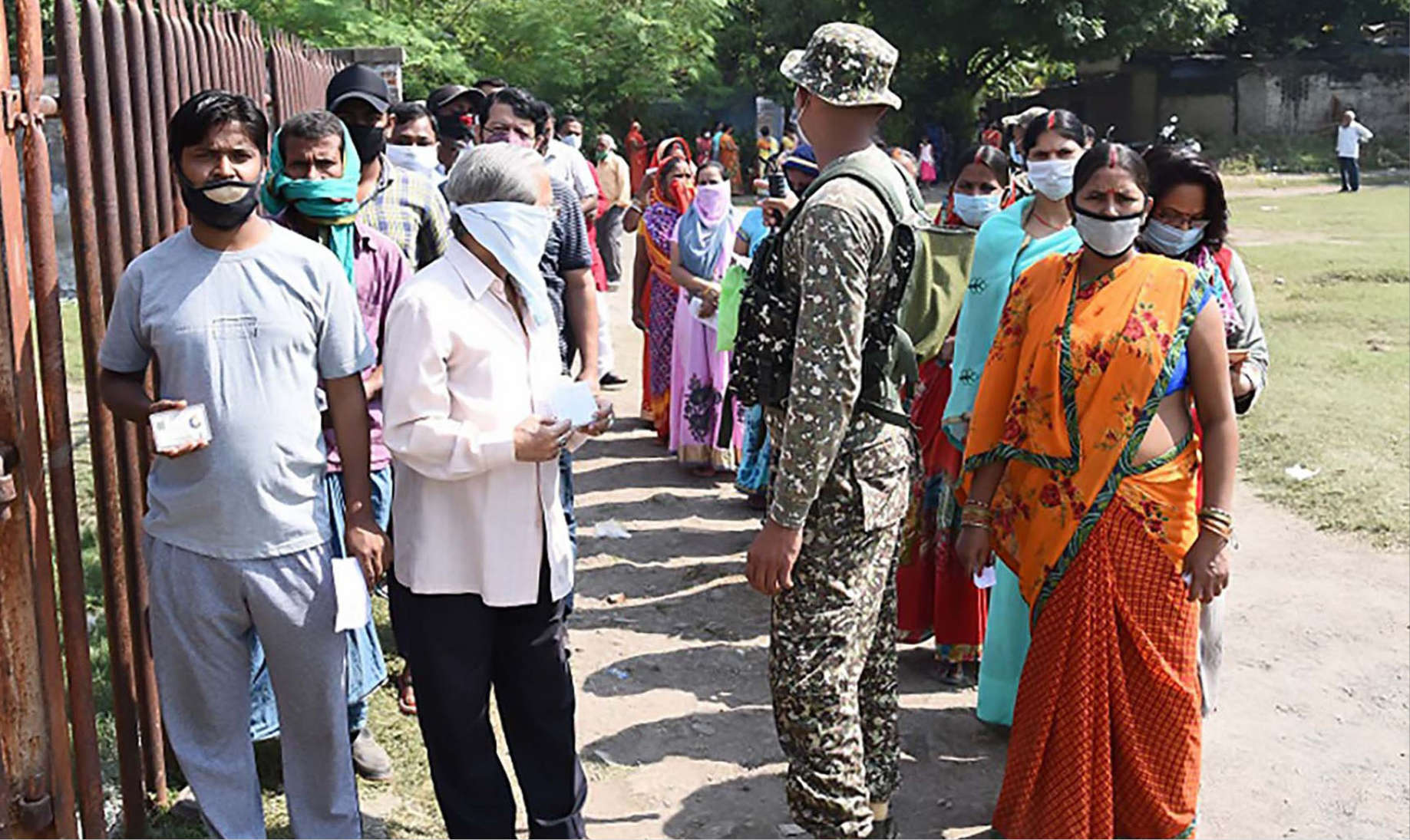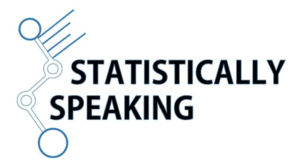Exit polling in India has its own set of challenges. The population, demographic variation, and multi-party political system are a few factors, among many, presenting hurdles to effective exit polling. It is important to note that conducting an accurate exit poll predicted seat share in India requires a carefully drafted statistical model. This model would take vote estimates, demographic characteristics, development indicators, and electoral history (with a decently sized sample covering over 500 constituencies across India) into account.


Exit polls that are done on the day of elections are based on quota sampling. This means that a quota is fixed for sampling respondents based on gender, education, caste, class, communities, different age groups, and occupational background. These sampling methods run the risk of leaving out certain sections or subsamples of the population. Due to this, the sample frame of exit polls in most cases is unrepresentative and suffers from coverage and sampling errors. The main cause for this is that India is a country where 70% of its population lives in rural areas, and in order for any election survey to be representative, 70% of its interviews should be conducted in villages and rural areas. However, the high costs associated with these processes deter polling and market research agencies from following through with them. This makes the whole sample biased and skewed, making it unrepresentative and rendering the survey inaccurate.
Additionally, a major challenge faced by polling agencies is that they have to convert estimated votes into seats. What most people do not know is that when an agency conducts an exit poll, it can only estimate the vote share with existing methodologies. However, what is broadcast in the media and given importance to is the number of seats different parties have won and who the ultimate winner will be. This leads to pollsters undertaking the process of calculating seat share numbers using the vote share numbers and a predictive model.
The prediction of seats is based on a swing model — the current exit poll makes an estimate of vote shares for different parties and alliances by interviewing selected respondents, and the seat forecast is made based on the result of the previous election.
A change in alliances, or split or a merger of parties between two elections makes things more complicated. This directly affects the swing model. For instance, taking the case of Bihar, during the 2014 Lok Sabha election, the JD(U) was not an ally of the BJP and got 15.7% of the votes in Bihar. The NDA got 38.7% and the UPA,29.7% of the votes.
After the election, the alliances changed -the JD(U) joined the NDA. Since the JD(U) contested against the NDA in 2014, when calculating the swing model for 2019, pollsters would need to estimate what the NDA’s vote share could have been if the JD(U) had joined the NDA in 2014 instead.
This is just the tip of the iceberg. Measurement of swing and electoral change is easier when the contest is limited to just two parties. In the complex landscape of the Indian political system where there is a plethora of national and regional parties, this process gets extremely difficult. In the media-driven election cycle in India, polling agencies are forced to rush this extremely complex system of exit polling in a race to be the first to answer the question, “Who won?” Agencies often resort to shortcuts to predict results, just to win this race, hampering the effectiveness of the models being used to predict results.

